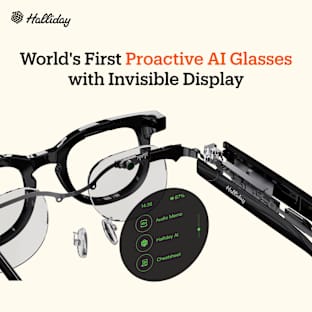Balancing the history books
History matters. Our histories warn us, inform us, and inspire us. But the voices, experiences, and contribution of women has often been hidden from view.
- Just 2.7% of UK public statues feature historical women who weren't royalty (source). There is just one statue of a named black woman in the entire country (source).
- Just 13% of English Heritage blue plaques in London honour women (source).
- Just four of the 50 bestselling history books in 2015 were written by women (source).
- 52% of girls aged 11-21 say that the role women have played in history is not represented as much as the role of men (source).
Women at the intersections of oppression have been rendered almost invisible. The histories of women of colour, women with disabilities, lesbian and bi women, trans women, working class women have been pushed to the margins.
Women in east London
East London has an incredibly rich history and women were part of all it, as workers, artists, athletes, carers, pioneers, activists, rogues, writers, rebels, you name it.
After planning permission was granted for a museum in Shadwell about local women's history, the community was shocked when a tourist attraction about Jack the Ripper opened its doors instead – complete with a mannequin of a woman's corpse and an audio loop of women's screams.
We decided to make the missing museum a reality, and shine a light on East End women's lives, not just their deaths.
What we want to do
- Research, record, and represent women’s histories from across east London.
- Challenge gender stereotypes and offer new role models for girls and young women, (especially those from marginalised groups).
- Build a long lasting resource for historians, schools, and community groups.
- Create opportunities for women and girls to gain new skills and the confidence to tell their own stories.
- Inspire and encourage civic participation, local activism, and community action.
- Support teachers, researchers, and other museums to uncover and include women's stories.
How we'll do it
- A museum space with a permanent exhibition - we can't say any more yet but a permanent home is looking like a real possibility.
- Enjoyable exhibitions - touring and pop-up exhibitions, and joint exhibitions with other organisations and groups.
- Engaging events - from public walks, tours, talks, study days, skills sessions, and performances to workshops with schools and community groups.
- Accessible online resources - creating our own resources and digitizing our collection as it grows, but also connecting and highlighting other collections.
In fact, we've already started doing a lot of these! Here are some of the things we've been up to over the last year:
- Helped to develop two joint exhibitions - with Eastside Community Heritage and East End Women's Collective - and began working on a third with Hackney Museum
- Developed online resources which were viewed 14,000 times in six months by over 5,500 visitors
- Organised sell out history event for local feminist activists
- Ran a pilot schools workshop with 70 year seven students in Hackney
- Launched a research project into women and East End markets with Kings College London and University College London
- Delivered talks and workshops about east London women's history to writers, activists, union branches, students, local history groups
- Wrote and contributed to articles about women's history in national, local, and specialist press
- Established ourselves as a Community Interest Company with a small board of directors.
What we need
We've been lucky to have received a lot of interest, support and goodwill since we launched the project. Thanks to some amazing partners and volunteers we've been able to achieve a lot even with no funding, and working around our day jobs.
There are more opportunities on the horizon, and we want to be ready to seize them with both hands. The last year has been full of exciting possibilities, but the constantly shifting sands means our project is still fragile.
With some resources of our own we can put a strong foundation in place. We can stay independent and be flexible, and be confident that the museum will survive if an opportunity falls through.
Most of the things we need aren't very exciting, and individually they're pretty small, but the costs mount up quickly. A little pot of funding would allow us to pay for things like:
- Volunteer expenses
- Basic equipment (eg a cheap laptop, a mini projector, a microphone to record interviews with)
- Flyers, posters, worksheets
- A designer to make a logo and visual identity for us
- Venue hire and refreshments for community events
- Fees and expenses for event speakers
- Portable exhibition boards
- Licenses for photographs and maps
- Cab fares to get heavy boxes and bags to and from events
- Stationery (we get through a lot of paper, post its, plastic folders, marker pens, and ink cartridges!)
- Conference fees (so we can learn from and connect with other historians and museum professionals)
Up til now we've been paying for these ourselves where we can, blagging freebies, and calling in favours. We make a little go a long way - we've baked our own cake stall goods, designed all our materials ourselves, hauled boxes of flyers on the bus - but if we had a bit of budget to play with that would free up our time for other things and allow us to expand our team.
What you'll get
Eventually you'll get a museum! We're confident that within a few years you'll be able to walk through the door of our museum and read fascinating stories like these.
In the mean time we can create more and better online resources, keep putting on events and making exhibitions for you to enjoy.
In the immediate future, we have created some 'perks' which we hope you'll like. Get them by using the links to the right to make a donation.
- Disco sticker! (£7 donation)
![]()
![]()
![]()
- Postcard set! (£20 donation)
![]()
![]()
- Bespoke history talk! (£250 donation)
![]()













































